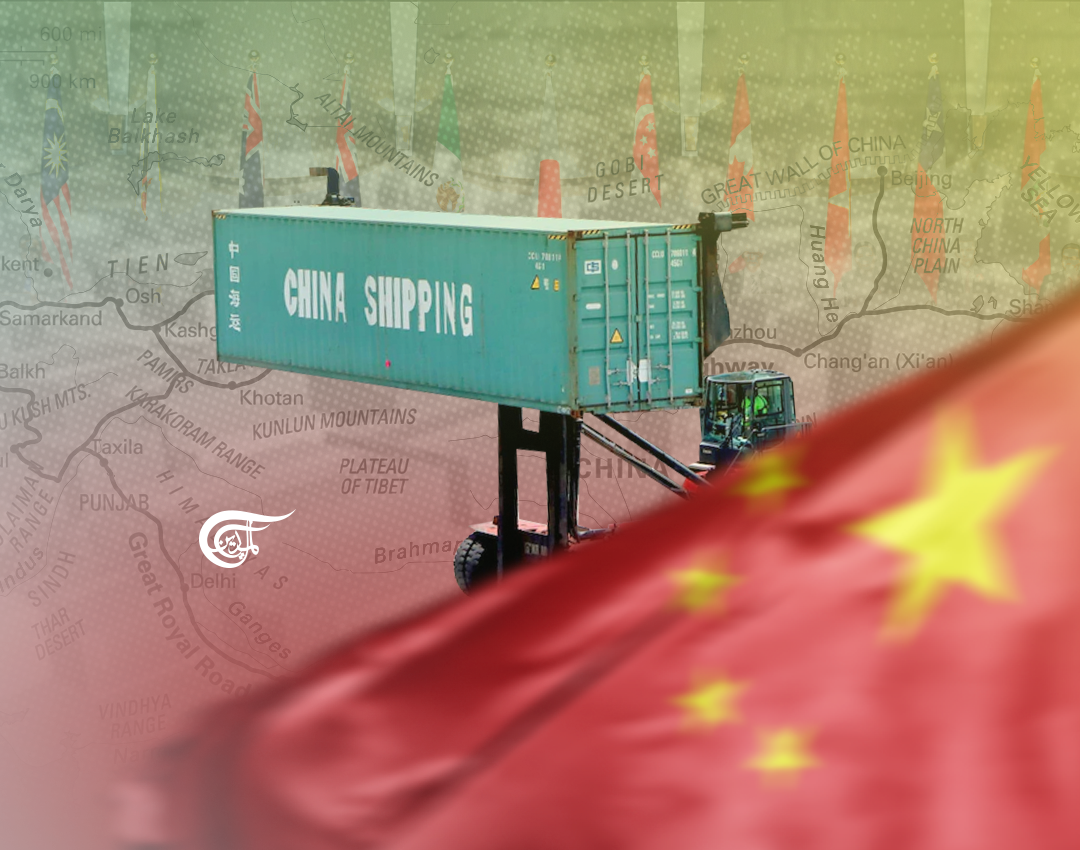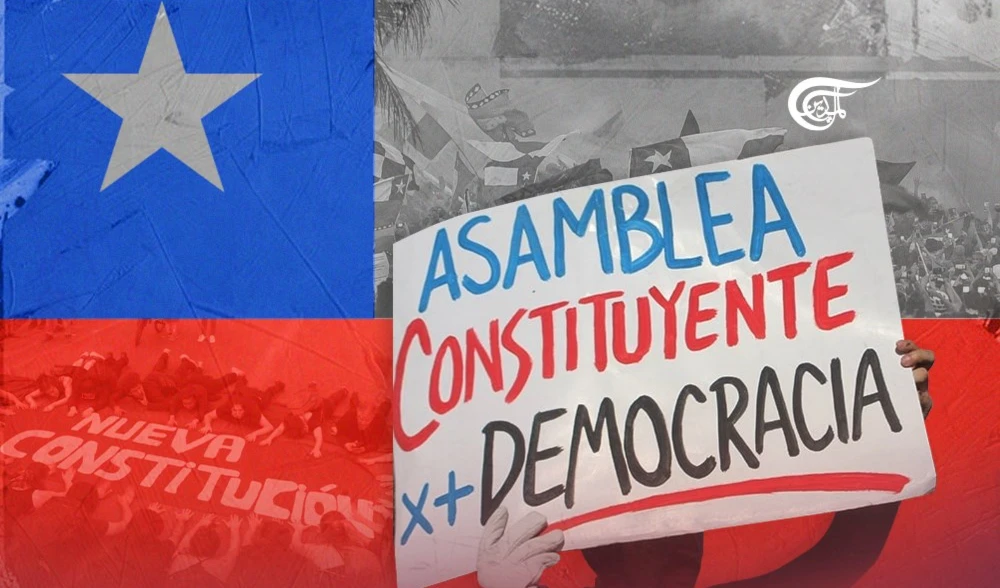The Chinese Bet to Enter the Comprehensive and Progressive Agreement for Trans-Pacific Partnership-TPP11
Pray the motto: “know its history and you will recognize every people in it.”
It is known that since the first century BC the Chinese used different land and maritime routes for their trade from the Chinese silk business, with India, Middle East, Europe, and Africa, in addition to the Asian subcontinent, to which the route of spices, gold, diamonds, ivory, leather and regrettably also slaves, were added with intensity from the 9th century.
Usually, it became to the Chinese emperors, as the Wu emperor did already in 138 BC, the sending of ambassadors to make military alliances, to stop the power and aggressiveness of other peoples, or to secure their trade navigations. Numerous were their diplomatic and commercial missions over the years.
Currently, the Chinese trading relationship with ASEAN nations is especially fluid, which rises to $730 billion in trade from a little more than $8 billion in 1991 and reached $10.2 billion in investments in 2018.
On November 15, 2020, the largest trade agreement in the world, the Regional Integrating Economic Alliance, RCEP by its initials in English, was signed pending the ratification by the member states - the countries of Southeast Asia, South Korea, China, Australia, and New Zealand- with 2.2 billion consumers versus the TPP with 500 million, covering 28% of world trade compared to the TPP which covers 15%, and has a combined GDP of 30% worldwide more than double the CPTPP that holds 13%. (Australia, New Zealand, Japan, Brunei, Malaysia, Singapore, Vietnam, Canada, Mexico, Chile, and Peru are members of TPP11 or CPTPP, after leaving the United States in 2017).
RCEP was born by the initiative of China, being the counterface of the TPP of which the US was a part until 2017. It is expected that by 2030 it will contribute more than $500 billion to world trade and it is expected to reactivate the region after the pandemic.
In the new phase of building its leadership, China establishes its relations by attracting other countries to its sphere, offering them what the West would do, challenging Western hegemony, as well as the order of relations of the states in Asia, proposing win-win relations.
Its offer is different from that of Japan, South Korea, or Taiwan, being the main component of its value proposition market of more than 1.4 billion inhabitants.
Unlike the West that uses military force, China uses its diplomacy using its system in a coercive but not repressive way. Until recently, its commercial strategy was rather bilateral but its new strategy is multilateral and does not need ideological affinity.
Its current “Trojan horse” is constituted by the Belt and Road Initiative, BRI, which is used as a foreign policy mechanism, and contrary to what the West says, showing China not as a problem, but as a solution for the member countries. Surveys carried out in these countries reveal that for 75% China is seen as the world's strategic actor, as well as endowed with soft power and a more responsible power than the United States.
The Belt and Road Initiative must also be evaluated based on its implications for the environment, sustainable trade, and each country should consider it based on its own foreign policy interests, also considering what Chinese investments or co-investments could represent in infrastructure, forestry, and agriculture, facilitated by its financial support from different investment and development Chinese banks.
China has generated logistics and technology platforms for connectivity and data management for direct dialogue with the rest of the world, testing its own technologies, acquiring strategic partners, and developing its own cryptocurrency platforms.
Google, Facebook, Amazon, Microsoft, etc, other than the Chinese companies like Huawei or Alibaba, are interested in connections for trade like the terrestrial and submarine fiber optic cables, the soft power, and the Chinese navigation system, as well as maritime security.
China has relieved the economic and social order as well as the commercial one in its relations with the rest of the world.
However, surprising the west once again, China has recently applied to join the TPP11 trade agreement as Taiwan did immediately after, and the United Kingdom previously had done. Peru has ratified it.
All this makes us think of a re-awakening of the ancient Chinese political-commercial tradition. Nevertheless, will it be a revival of the Chinese policy of the third way of development of Mao Tse Tung that is now driving Xi Jin Ping?

 Mikhael Marzuqa
Mikhael Marzuqa
 4 Min Read
4 Min Read












